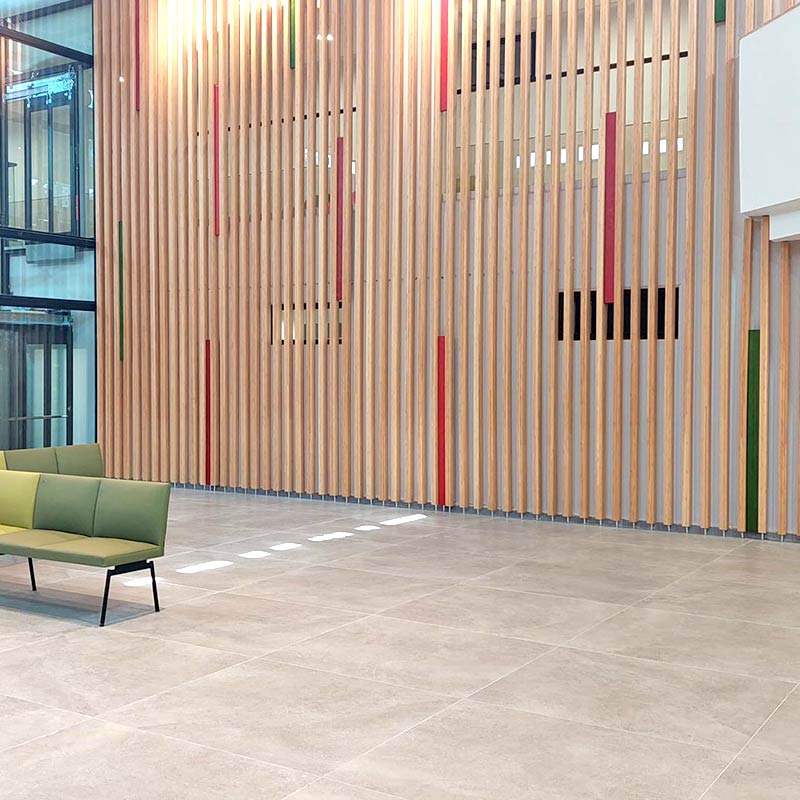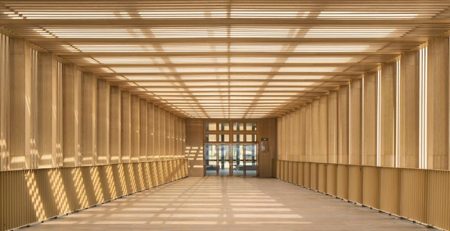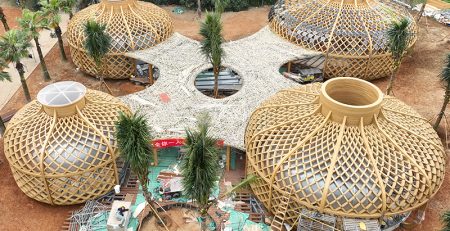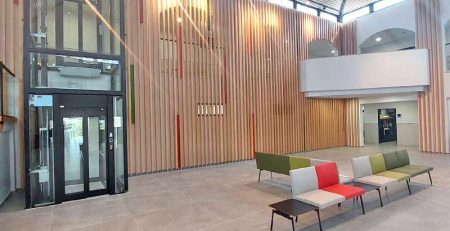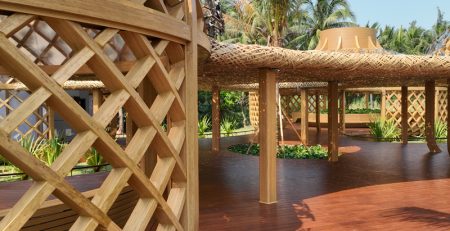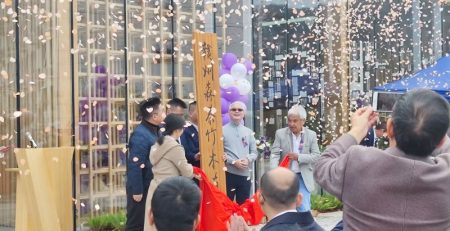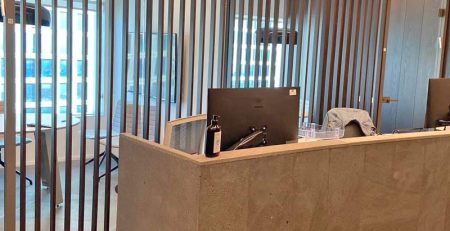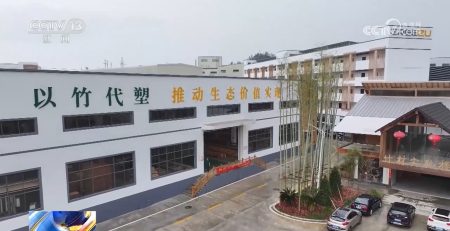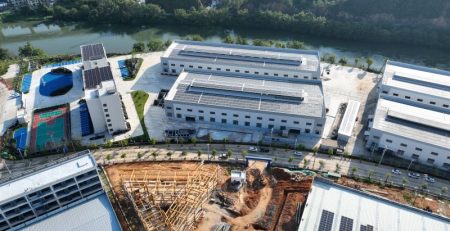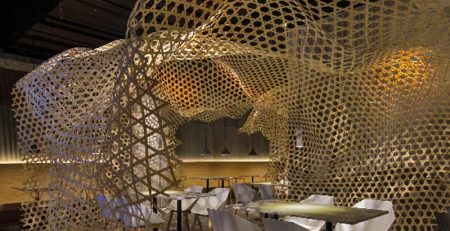竹素材の性能特性: 密度と圧縮強度
竹はその持続可能性によりますます注目を集めている注目すべき天然資源です。, 多用途性, 優れたパフォーマンス特性. この記事では、竹素材の 2 つの基本的な特性に焦点を当てます。: 密度と圧縮強度. Understanding these properties is essential for harnessing bamboo’s potential in various applications, including bamboo composite materials.
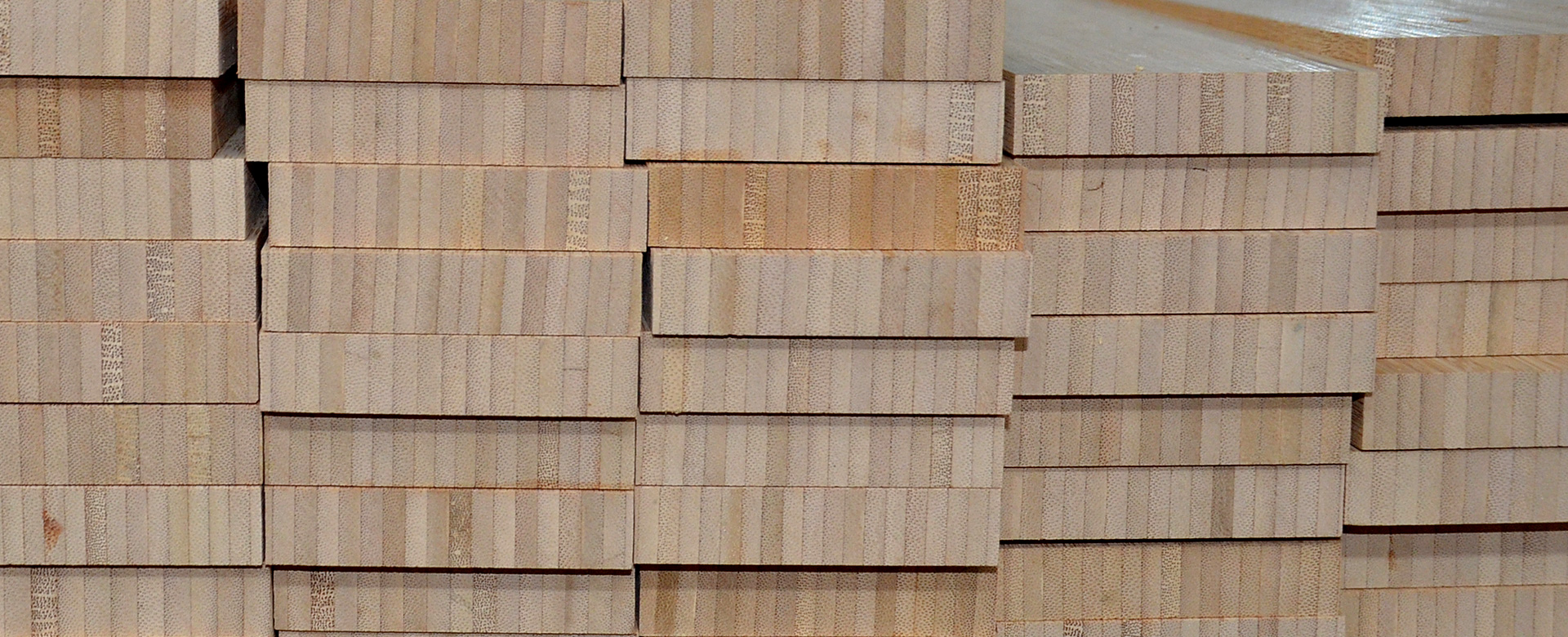
Density of Bamboo:
Density is a crucial property that affects many aspects of bamboo’s performance. It is a measure of how much mass is contained within a given volume. Bamboo’s density can vary depending on factors such as species, age, and growing conditions. On average, the density of bamboo ranges from 0.4 宛先 0.8 grams per cubic centimeter (g/cm³). This makes bamboo one of the lightest structural materials available.
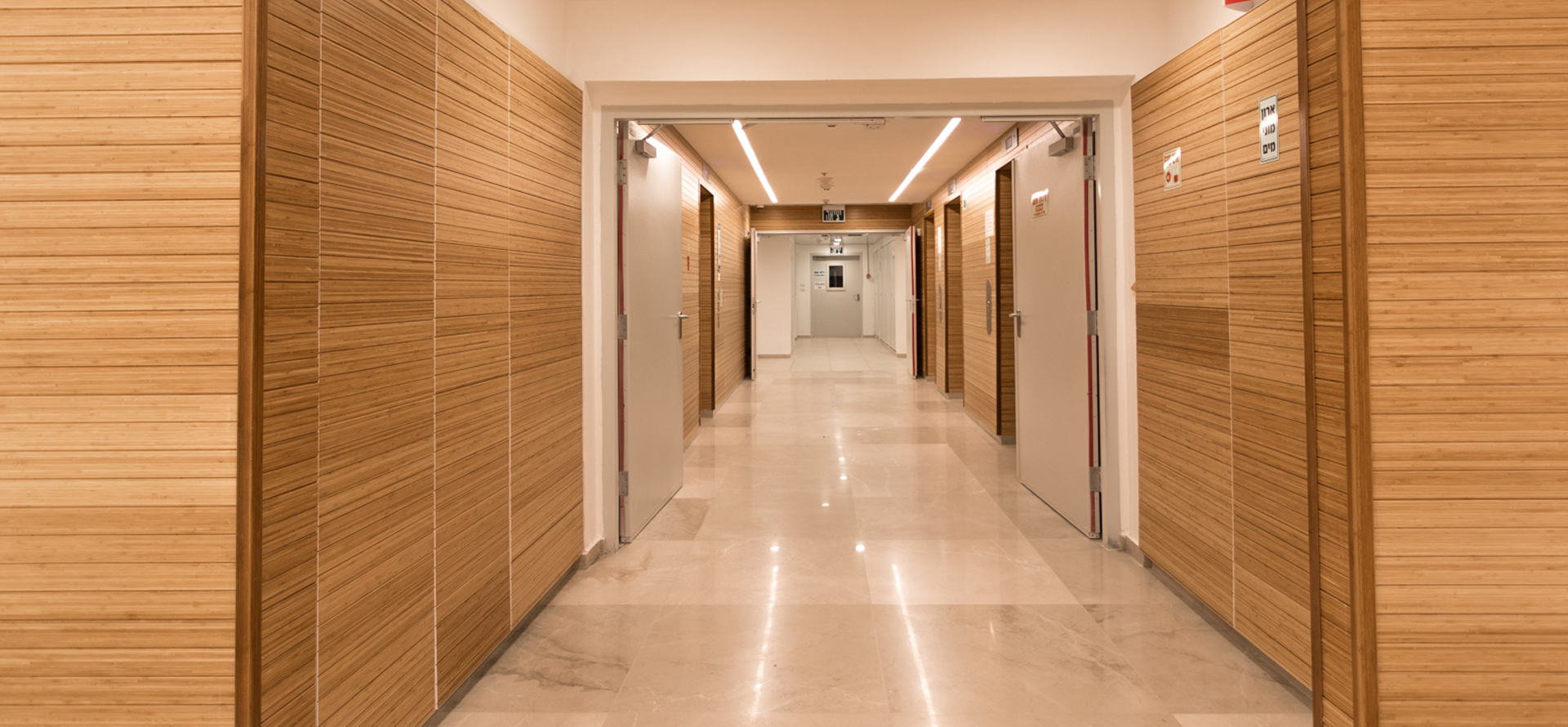
Compression Strength:
Compression strength is the ability of a material to withstand axial loads pushing it together. Bamboo exhibits impressive compression strength, which is a key factor in its suitability for various applications. The compression strength of bamboo can vary depending on factors such as its species and processing methods. On average, bamboo has a compression strength ranging from 30 宛先 120 megapascals (MPa).
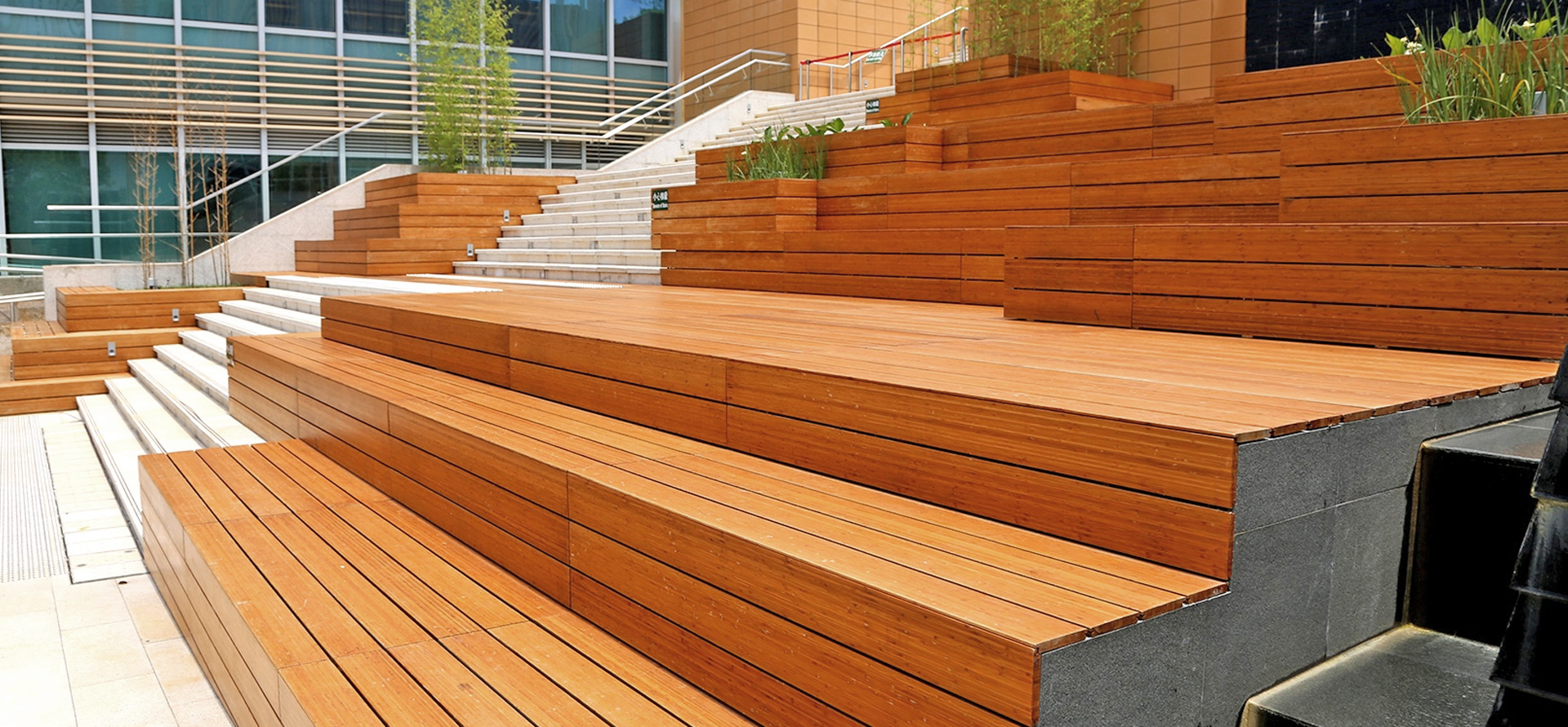
Advantages of Bamboo’s Density and Compression Strength:
1. Lightweight: Bamboo’s low density makes it an excellent choice for lightweight structures and products. This characteristic is particularly advantageous in applications where weight reduction is a priority, such as in furniture and construction.
2. Strength: Despite its lightweight nature, bamboo boasts exceptional compression strength. It can withstand heavy loads, making it suitable for use in structural elements like beams, columns, とフローリング.
3. 持続可能性: Bamboo’s rapid growth and renewability contribute to its eco-friendliness. Its excellent density and compression strength make it a sustainable alternative to traditional hardwoods, reducing the pressure on natural forests.
4. Versatility: The combination of low density and high compression strength makes bamboo a versatile material for various applications, including furniture, フローリング, 屋根ふき, and even as a reinforcement in composite materials.
Applications of Bamboo Composite Materials:
Bamboo’s favorable density and compression strength properties make it an ideal candidate for the production of bamboo composite materials. These composites combine bamboo fibers with resins or other materials to enhance specific performance characteristics. Bamboo composites find applications in:
– Construction: Bamboo composites are used for structural elements like beams and columns, offering a sustainable alternative to traditional construction materials.
– 家具: Bamboo composite materials are employed in the production of lightweight and durable furniture, showcasing the material’s aesthetic appeal and strength.
– Automotive Industry: Bamboo composites can be used to create interior components and panels in eco-friendly vehicles.
Bamboo’s density and compression strength make it a standout material with a wide range of applications. Its combination of lightweight properties and impressive strength is precious in the development of sustainable, eco-friendly products and structures. As the world increasingly seeks alternatives to traditional materials, bamboo’s performance characteristics make it a promising choice for the future.


